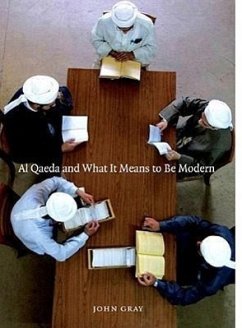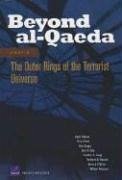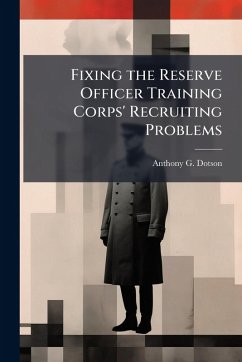
Guidelines for a US Counterpropaganda Strategy to Defeat Al-Qaeda Recruiting
Versandkostenfrei!
Versandfertig in über 4 Wochen
17,99 €
inkl. MwSt.
Weitere Ausgaben:

PAYBACK Punkte
9 °P sammeln!
This study evaluates the counterpropaganda strategy to defeat al-Qaeda recruiting and suggests new strategy guidelines based on an analysis of historical case studies. The author evaluates the counterpropaganda campaigns during WWI, WWII, and the Cold War in terms of ideology and purpose, context, target audiences, organization, media techniques, and effects and evaluation. The conclusion is five guidelines distilled from the case studies for a new counterpropaganda strategy. There are fundamental problems with the current US approach to al-Qaeda counterpropaganda strategy. Two related problem...
This study evaluates the counterpropaganda strategy to defeat al-Qaeda recruiting and suggests new strategy guidelines based on an analysis of historical case studies. The author evaluates the counterpropaganda campaigns during WWI, WWII, and the Cold War in terms of ideology and purpose, context, target audiences, organization, media techniques, and effects and evaluation. The conclusion is five guidelines distilled from the case studies for a new counterpropaganda strategy. There are fundamental problems with the current US approach to al-Qaeda counterpropaganda strategy. Two related problems are the current organizational structure and policy for counterpropaganda. The US must adopt a counterpropaganda strategy that disaggregates al-Qaeda organizations and focuses on regional audiences susceptible to al-Qaeda influences. Furthermore, the US needs to adopt a cognitive approach to counterpropaganda. This work has been selected by scholars as being culturally important, and is part of the knowledge base of civilization as we know it. This work was reproduced from the original artifact, and remains as true to the original work as possible. Therefore, you will see the original copyright references, library stamps (as most of these works have been housed in our most important libraries around the world), and other notations in the work. This work is in the public domain in the United States of America, and possibly other nations. Within the United States, you may freely copy and distribute this work, as no entity (individual or corporate) has a copyright on the body of the work. As a reproduction of a historical artifact, this work may contain missing or blurred pages, poor pictures, errant marks, etc. Scholars believe, and we concur, that this work is important enough to be preserved, reproduced, and made generally available to the public. We appreciate your support of the preservation process, and thank you for being an important part of keeping this knowledge alive and relevant.












